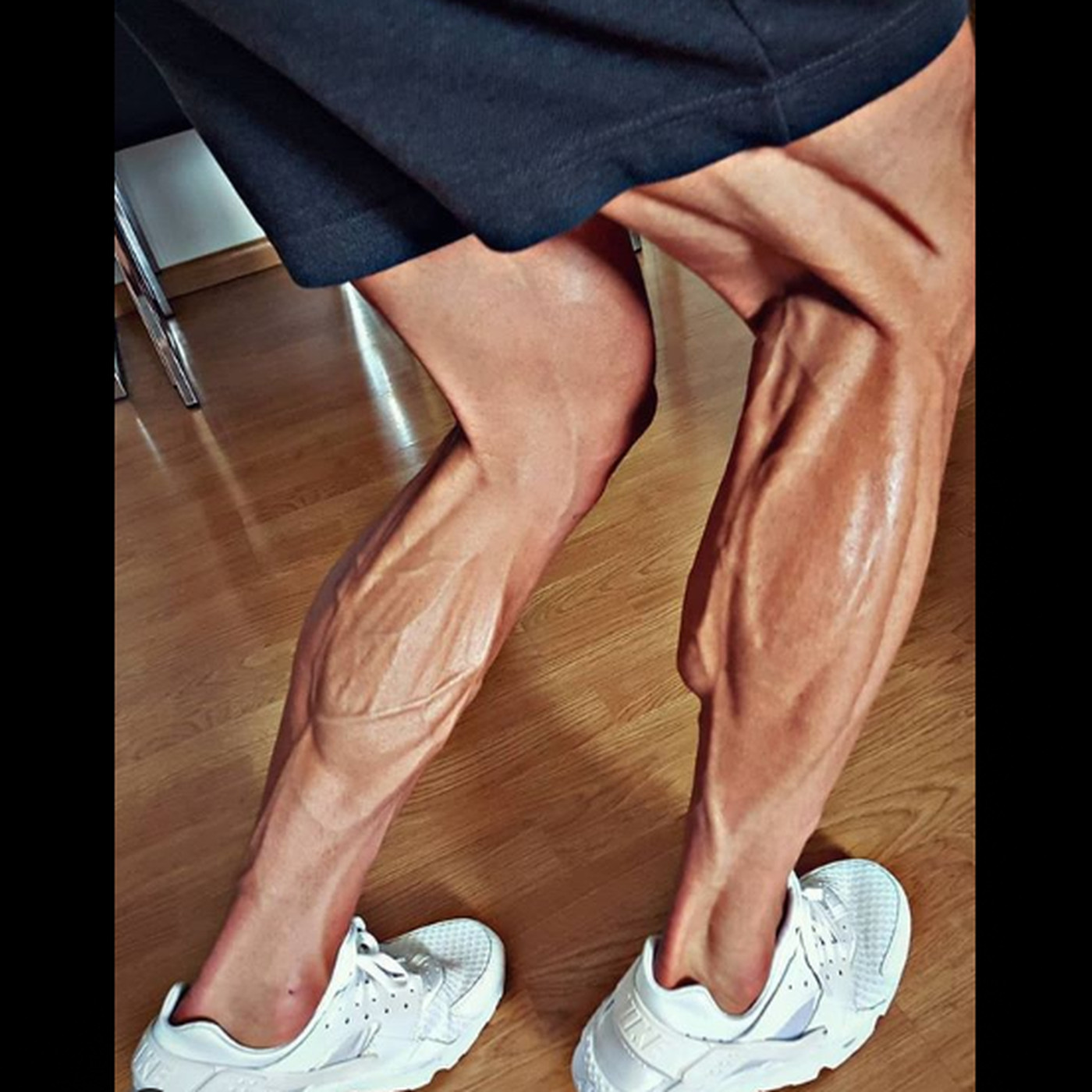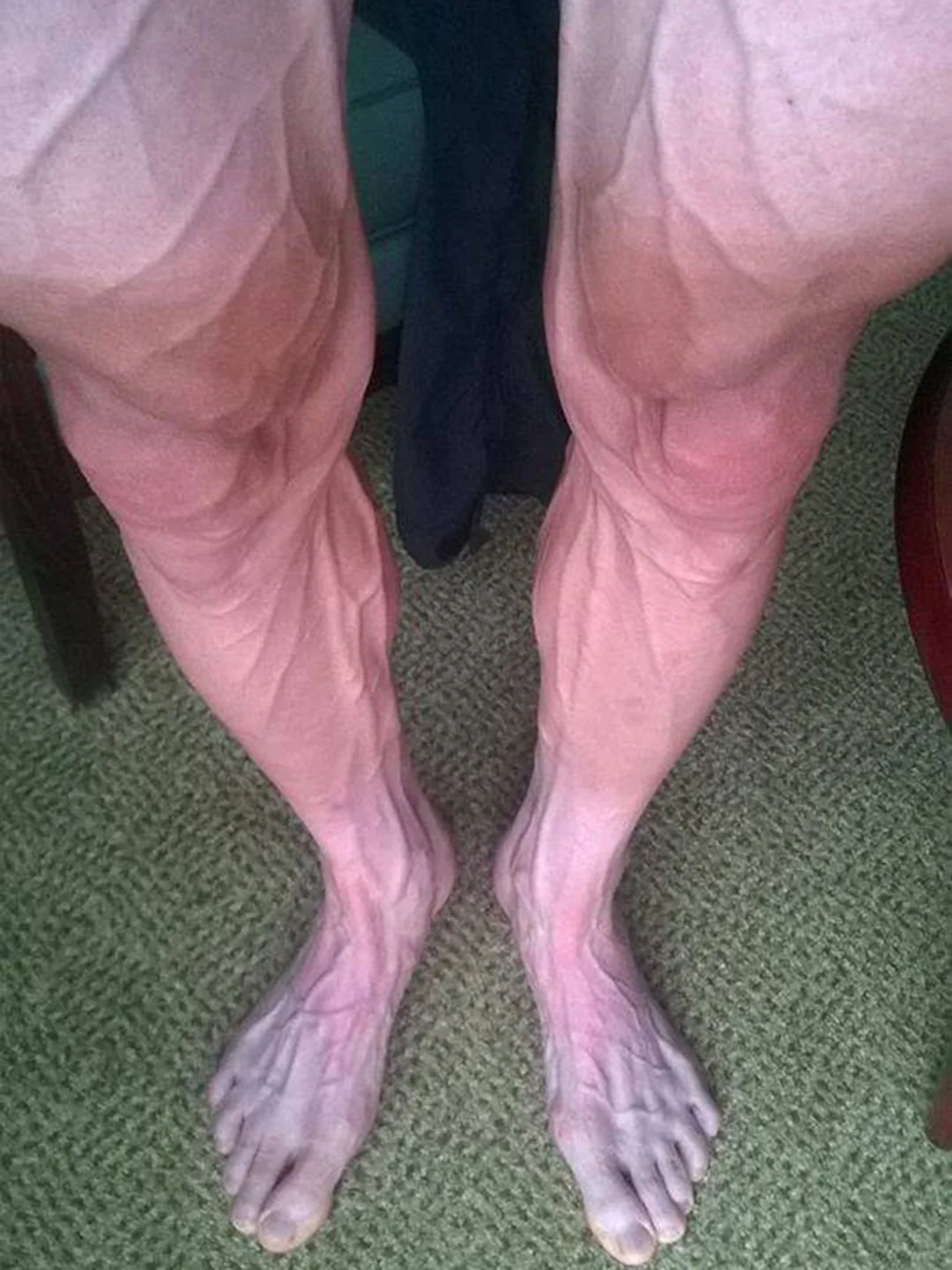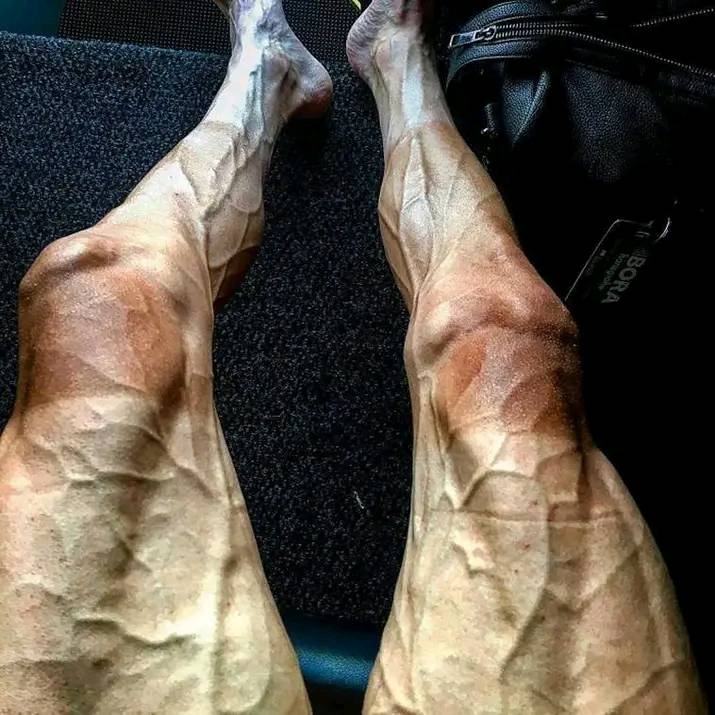The Aftermath of the Tour de France: What Cyclists’ Legs Look Like After 3 Weeks of Intense Racing 🚴♂️💥
The Tour de France is often considered the pinnacle of professional cycling, a race that pushes athletes to their physical and mental limits over 3 weeks of grueling competition. With stages spanning hundreds of kilometers across mountainous terrain, high-speed sprints, and time trials, the race is a true test of endurance. But what happens to a cyclist’s body, particularly their legs, after completing such a demanding event?
A Phenomenal Transformation: The Legs of a Cyclist Post-Tour de France
After weeks of relentless pedaling, cyclists’ legs undergo visible changes that demonstrate the sheer effort required to complete the Tour de France. The physical transformation is striking, and it often leaves observers both amazed and perplexed. Here’s what happens to a cyclist’s legs after the race:

Incredible Muscle Definition:
Cyclists’ legs are known for their muscular definition, but after the Tour, the transformation is even more pronounced. The quadriceps, calves, and hamstrings become much more prominent due to the extreme exertion. These muscles have been working nonstop for hours every day, and the body’s natural response to the repeated strain is to enhance muscle mass and definition.
Visible Veins and Vascularity:
One of the most striking changes in a cyclist’s legs after completing the Tour is the vascularity. The long hours of pedaling and intense cardiovascular efforts cause blood vessels to become more pronounced, making the legs appear almost like a roadmap of veins. This increased vascularity is the result of both the aerobic demand and fat reduction that occurs during such a prolonged period of physical activity.
Shredded Muscles and Reduced Body Fat:

The intense and sustained effort of cycling for hours each day leads to fat loss, especially in the lower body. Cyclists tend to develop leaner physiques during the race, with the reduction in body fat leaving behind defined, toned muscles. This is especially true for professional riders, who often finish the race with body fat percentages far lower than average athletes or even the average person.
Swelling and Inflammation:
After a race as grueling as the Tour de France, it’s common for a cyclist’s legs to experience some swelling or inflammation. The sheer amount of time spent on the bike, combined with the daily impact of constant pedaling, can cause the lower extremities to retain fluid. In many cases, cyclists may also suffer from micro-tears in their muscles, leading to soreness and stiffness.
Tendon and Ligament Stress:
Over the course of the Tour, the repetitive movement of cycling places immense strain on the tendons and ligaments in the legs. Cyclists may experience tightness in their Achilles tendon, knee tendons, and other supporting structures, which could lead to temporary discomfort or minor injuries.
The Toll of the Tour de France: More Than Just Physical
The transformation of a cyclist’s legs is only one aspect of the toll the Tour de France takes on the body. This intense race demands extreme stamina, power, and resilience. Riders face daily challenges including:
Dehydration from sweating during the grueling stages.

Nutritional challenges to maintain energy levels over three weeks.
Mental exhaustion from the pressures of competition, navigation, and maintaining focus for hours on end.
Recovery demands, with post-race rehabilitation and care necessary to heal from the wear and tear of daily racing.
Behind the Legs: The Cyclist’s Career and Highlights
The riders who endure the Tour de France are often considered some of the most physically gifted athletes in the world. Their careers are marked by years of intense training, discipline, and sacrifice. Here are some highlights of what it takes to become a Tour de France rider:
Training Regimen: To prepare for the Tour, cyclists typically follow a rigorous training program that focuses on building endurance, strength, and power. Many spend months conditioning their bodies, particularly their legs, to handle the 21 stages of the race.
Stages and Sprints: Each stage in the Tour de France presents its own set of challenges. Cyclists must excel in mountainous climbs, time trials, and flat sprints, requiring different sets of skills and muscles. It’s not just about speed, but about strategic pacing and knowing when to push hard.
Famous Riders: Some of the most famous riders to compete in the Tour include Eddy Merckx, Bernard Hinault, Miguel Indurain, and Chris Froome. Their legs, having been through the intense rigors of the Tour, are part of the reason they can withstand the pain and perform at the highest level.
A Symbol of Perseverance
Ultimately, the state of a cyclist’s legs after completing the Tour de France is a testament to their perseverance, strength, and dedication. The race isn’t just a physical feat but a mental one, as riders must endure pain, fatigue, and countless obstacles for three weeks.
For fans and onlookers, the sight of a cyclist’s powerful, yet weathered, legs serves as a symbol of the incredible toll that the race takes on the human body. It’s a reminder that achieving greatness comes with immense sacrifice—and that sometimes, the results of that effort are visible for all to see.

